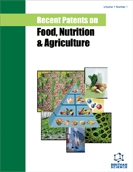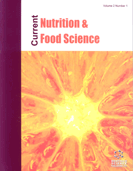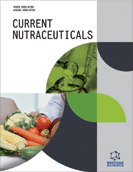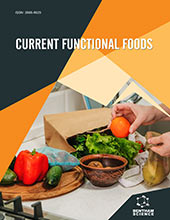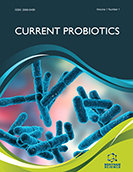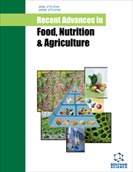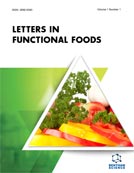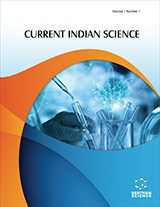Abstract
Background: Closed-loop agri-food supply chains have a high potential to reduce environmental and economic costs resulting from food waste disposal. This paper illustrates an alternative to the traditional supply chain of bread based on the principles of a circular economy.
Methods: Six circular interactions among seven actors (grain farmers, bread producers, retailers, compostable packaging manufacturers, insect breeders, livestock farmers, consumers) of the circular filière are created in order to achieve the goal of “zero waste”. In the model, two radical technological innovations are considered: insects used as animal feed and polylactic acid compostable packaging.
Results: The main challenges for the implementation of the new supply chain are identified. Finally, some recent patents related to bread sustainable production, investigated in the current paper, are considered.
Conclusion: Recommendations are given to academics and practitioners interested in the bio-based circular economy model approach for transforming agri-food supply chains.
Keywords: Bread, food waste, insects as feed, recycling, reuse, zero waste.
Recent Patents on Food, Nutrition & Agriculture
Title:The Seven Challenges for Transitioning into a Bio-based Circular Economy in the Agri-food Sector
Volume: 8 Issue: 1
Author(s): Massimiliano Borrello, Alessia Lombardi, Stefano Pascucci and Luigi Cembalo
Affiliation:
Keywords: Bread, food waste, insects as feed, recycling, reuse, zero waste.
Abstract: Background: Closed-loop agri-food supply chains have a high potential to reduce environmental and economic costs resulting from food waste disposal. This paper illustrates an alternative to the traditional supply chain of bread based on the principles of a circular economy.
Methods: Six circular interactions among seven actors (grain farmers, bread producers, retailers, compostable packaging manufacturers, insect breeders, livestock farmers, consumers) of the circular filière are created in order to achieve the goal of “zero waste”. In the model, two radical technological innovations are considered: insects used as animal feed and polylactic acid compostable packaging.
Results: The main challenges for the implementation of the new supply chain are identified. Finally, some recent patents related to bread sustainable production, investigated in the current paper, are considered.
Conclusion: Recommendations are given to academics and practitioners interested in the bio-based circular economy model approach for transforming agri-food supply chains.
Export Options
About this article
Cite this article as:
Borrello Massimiliano, Lombardi Alessia, Pascucci Stefano and Cembalo Luigi, The Seven Challenges for Transitioning into a Bio-based Circular Economy in the Agri-food Sector, Recent Patents on Food, Nutrition & Agriculture 2016; 8 (1) . https://dx.doi.org/10.2174/221279840801160304143939
| DOI https://dx.doi.org/10.2174/221279840801160304143939 |
Print ISSN 2212-7984 |
| Publisher Name Bentham Science Publisher |
Online ISSN 1876-1429 |
 107
107 15
15 2
2 2
2

